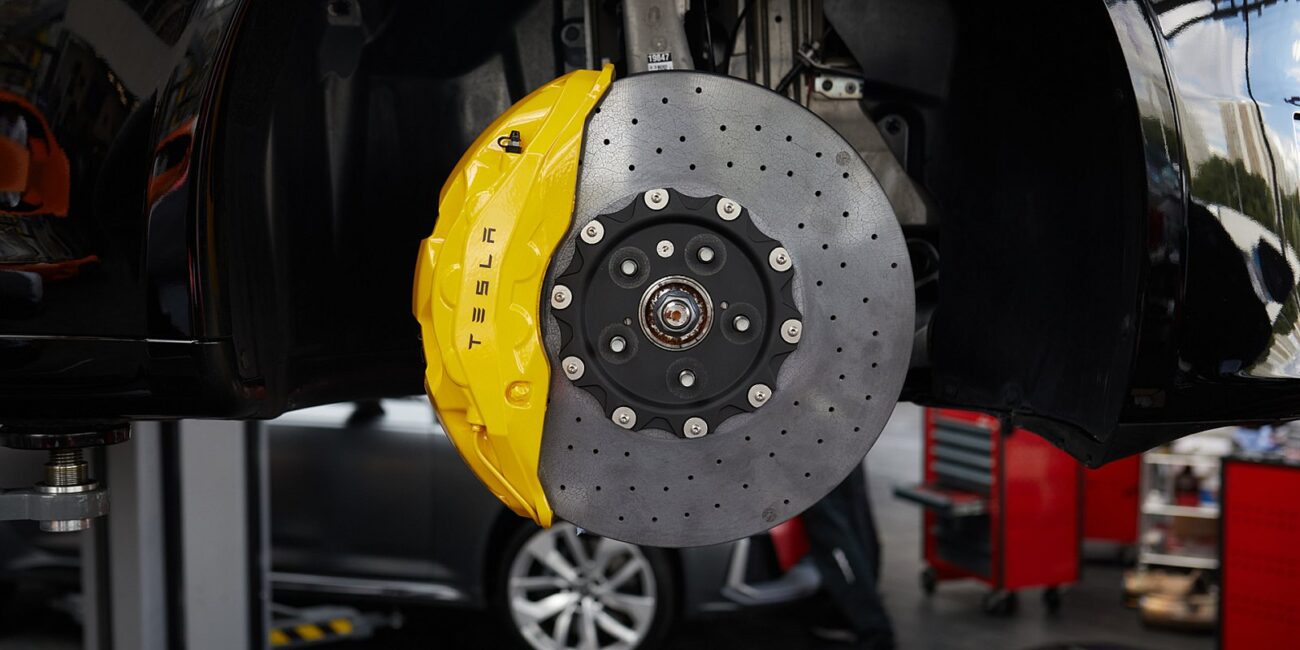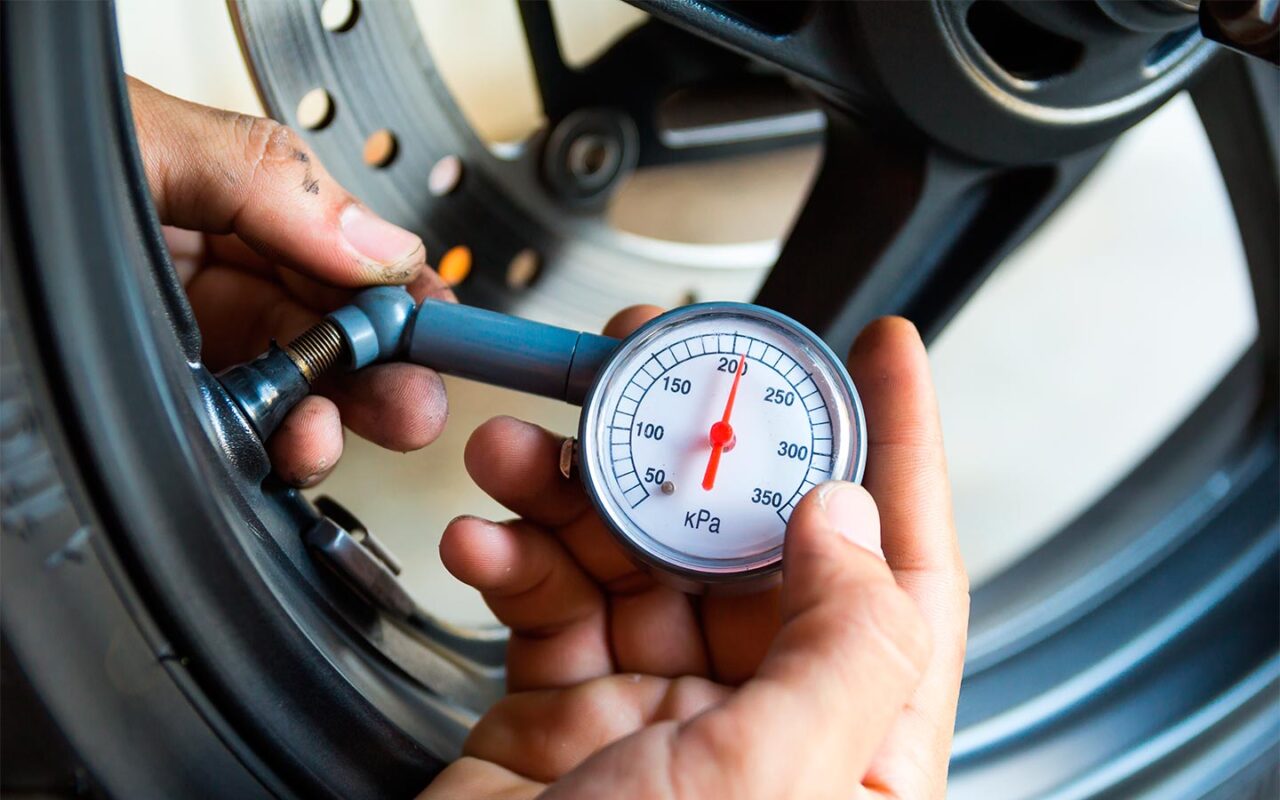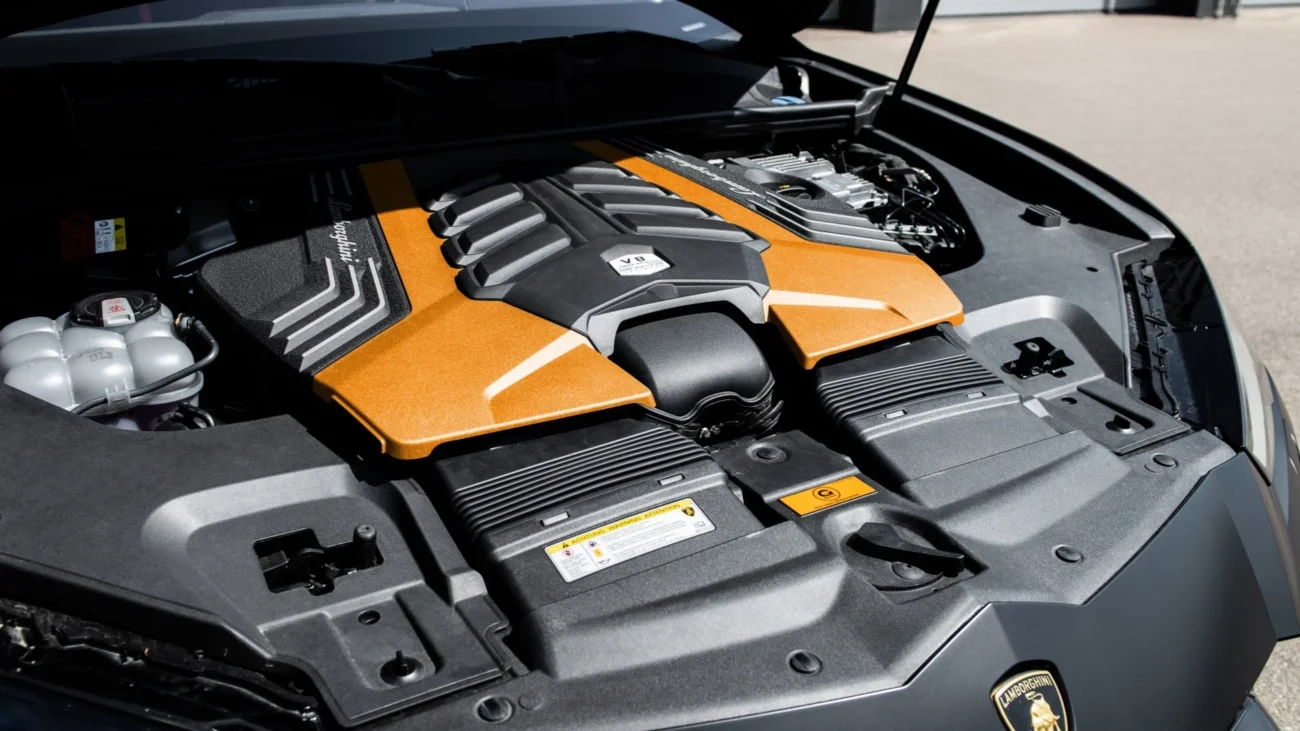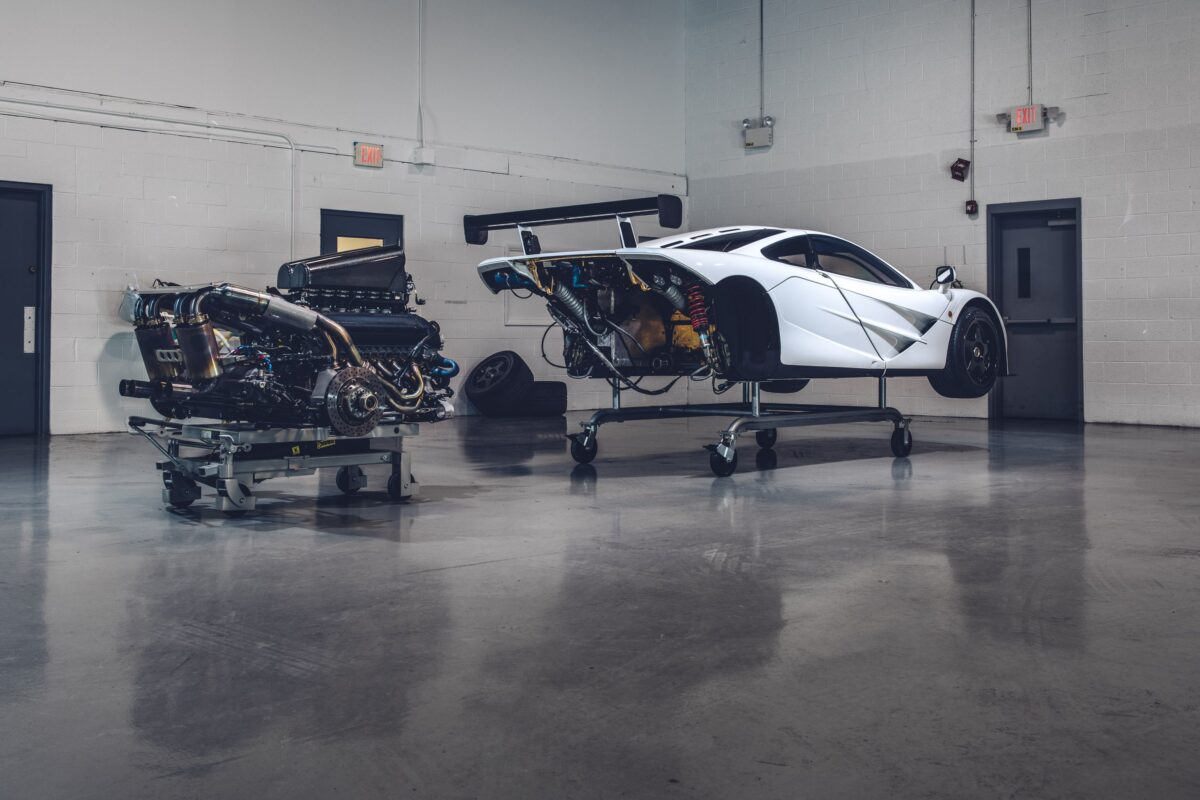The Market and What Drives Value
Nothing compares to the excitement of hitting the open road, whether you're embarking on a scenic getaway or a cross-country adventure. But before you buckle up and set off, ensuring your car is road trip-ready is just as important as planning your itinerary. A well-prepared vehicle not only enhances your driving experience but also prevents unexpected breakdowns and delays. Here’s a comprehensive checklist to help you enjoy a smooth, stress-free journey.
1. Check Your Engine Oil Level
Your engine oil is the lifeblood of your car, keeping components lubricated and preventing overheating. Low or degraded oil can lead to increased friction, engine damage, and even complete failure. Before you leave, check the oil level using the dipstick and top it up if necessary. If the oil appears dirty or has a burnt smell, it may be time for an oil change. Regular oil checks help extend engine life, improve fuel efficiency, and reduce the risk of costly repairs.
It’s also essential to check for any oil leaks. A small leak might not seem like a major issue, but it can lead to significant engine problems if left unattended. Look under your car for any signs of oil spots or drips. If you notice consistent leakage, have it inspected by a professional before your trip.
Another often-overlooked aspect is using the right type of oil for your vehicle. Some cars require synthetic oil, while others function well with conventional oil. Using the incorrect type can impact performance, so double-check your owner’s manual before topping up.
2. Inspect Your Coolant Level
Long drives put a strain on your engine, and overheating is a common cause of roadside breakdowns. Your coolant helps regulate engine temperature, so check that the level is within the recommended range. If you’re traveling through areas with extreme temperatures, topping up with the right antifreeze mix can help prevent both freezing and overheating.
While checking the coolant level, also inspect the radiator and coolant hoses for any cracks or leaks. A minor coolant leak can escalate into a major issue, leading to overheating and costly engine damage. If you notice any visible damage, replace the affected parts before setting off.
It’s also a good idea to flush and replace your coolant periodically, as old coolant can lose its effectiveness over time. If you haven’t changed it in a while, consider doing so before your road trip to ensure optimal engine performance.
3. Test Your Brakes and Brake Fluid
Your brakes are critical for safety, especially when driving through hilly or winding roads. Before your trip, test the brake response and listen for any squeaking or grinding noises. Also, check your brake fluid level—if it's low or dirty, it could indicate worn-out brake pads or a potential leak. If you notice any signs of reduced braking efficiency, get them inspected by a professional before you set off.
In addition to fluid levels, inspect the brake pads and rotors. Thin or excessively worn brake pads can lead to reduced stopping power, increasing the risk of accidents. If your rotors show visible grooves or uneven wear, it’s time to have them resurfaced or replaced.
If you’re traveling in mountainous regions, consider engine braking to reduce wear on your brakes. Using lower gears on downhill stretches helps prevent overheating and extends the lifespan of your braking system.
4. Check Tire Pressure and Condition
Your tires are your car’s only point of contact with the road, so their condition is crucial. Ensure they are properly inflated according to the manufacturer’s recommendations. Under-inflated tires can reduce fuel efficiency, while over-inflated ones may compromise traction. Also, inspect them for wear, cracks, or bulges, and ensure the tread depth meets legal safety standards. Don’t forget to check your spare tire—having a functional backup can save you in case of an emergency.
Additionally, keep in mind that tire pressure fluctuates with temperature changes. If you’re traveling through different climate zones, check your tire pressure periodically during the trip and adjust as necessary.
Rotating your tires before a long trip can also help extend their lifespan. Uneven wear can lead to vibrations and reduced traction, so consider scheduling a rotation if it’s been a while since the last one.
5. Top Up Windscreen Washer Fluid and Inspect Wipers
A clear view of the road is essential, particularly when driving through varying weather conditions. Ensure your windscreen washer fluid is topped up with a solution that effectively removes dirt and grime. Inspect your wiper blades for signs of wear—streaks or skipping could mean it’s time for a replacement. Clean wipers and a full washer reservoir keep your visibility sharp, rain or shine.
Don’t forget to check the rear windshield wiper if your vehicle is equipped with one. Many drivers overlook this, but a functioning rear wiper is just as important, especially in wet or snowy conditions.
Consider using a water-repellent treatment on your windshield. These coatings help rain slide off quickly, improving visibility during heavy downpours.
For optimal visibility, also check your windshield for cracks or chips. Small chips can quickly expand into larger cracks, compromising safety and requiring costly replacements. If you notice damage, address it before your trip.
Additionally, carry extra wiper fluid, especially if you’ll be traveling through dusty or muddy terrain. Road grime, bugs, and dirt can quickly obstruct your view, making frequent cleaning necessary. Having a spare bottle ensures you’re always prepared.
6. Examine Belts and Hoses
Under the hood, belts and hoses play a key role in your engine’s performance. Check for any cracks, fraying, or leaks that could lead to breakdowns. The serpentine belt, which powers key systems like the alternator and power steering, should be in good condition. If you’re unsure, have a mechanic inspect them—replacing a worn-out belt before your trip is much easier than dealing with a snapped one in the middle of nowhere.
Some newer vehicles have self-adjusting tensioners for belts, while others require manual adjustments. If your car falls into the latter category, ensure that the belts have the proper tension to prevent slippage.
For hoses, check for soft spots or bulging, as these could indicate weakening areas that might rupture under pressure. Replacing an old hose before your trip can save you from a roadside headache later.
7. Assess Your Car Battery’s Health
A weak or dying battery is one of the most common reasons for roadside assistance calls. If your car has been slow to start or your lights seem dim, your battery may be losing charge. Inspect the terminals for corrosion and ensure the battery is securely mounted. If it’s more than three years old, consider having it tested or replaced to avoid unexpected failures.
Extreme temperatures can impact battery performance, so if you’re traveling in very hot or cold climates, take extra precautions. Cold weather, in particular, can reduce battery efficiency, making it harder to start your vehicle.
Keep a set of jumper cables in your emergency kit. Even if your battery is in good condition, you never know when you or a fellow traveler might need a jump-start.
Final Thoughts
A great road trip isn’t just about reaching your destination—it’s about enjoying the journey with confidence and excitement. By taking the time to check your vehicle before setting off, you’re not just preventing potential mishaps; you’re ensuring a smoother, safer, and more enjoyable adventure. Roadside breakdowns and unexpected delays can quickly take the fun out of a trip, but a well-prepared vehicle keeps you focused on the thrill of the open road.
Whether you're setting off alone for a soul-searching drive, embarking on a family adventure, or taking a spontaneous getaway with friends, being proactive about your car’s condition allows you to fully immerse yourself in the experience. With your vehicle in top shape, all that’s left to do is roll down the windows, turn up the music, and make unforgettable memories. Safe travels!















